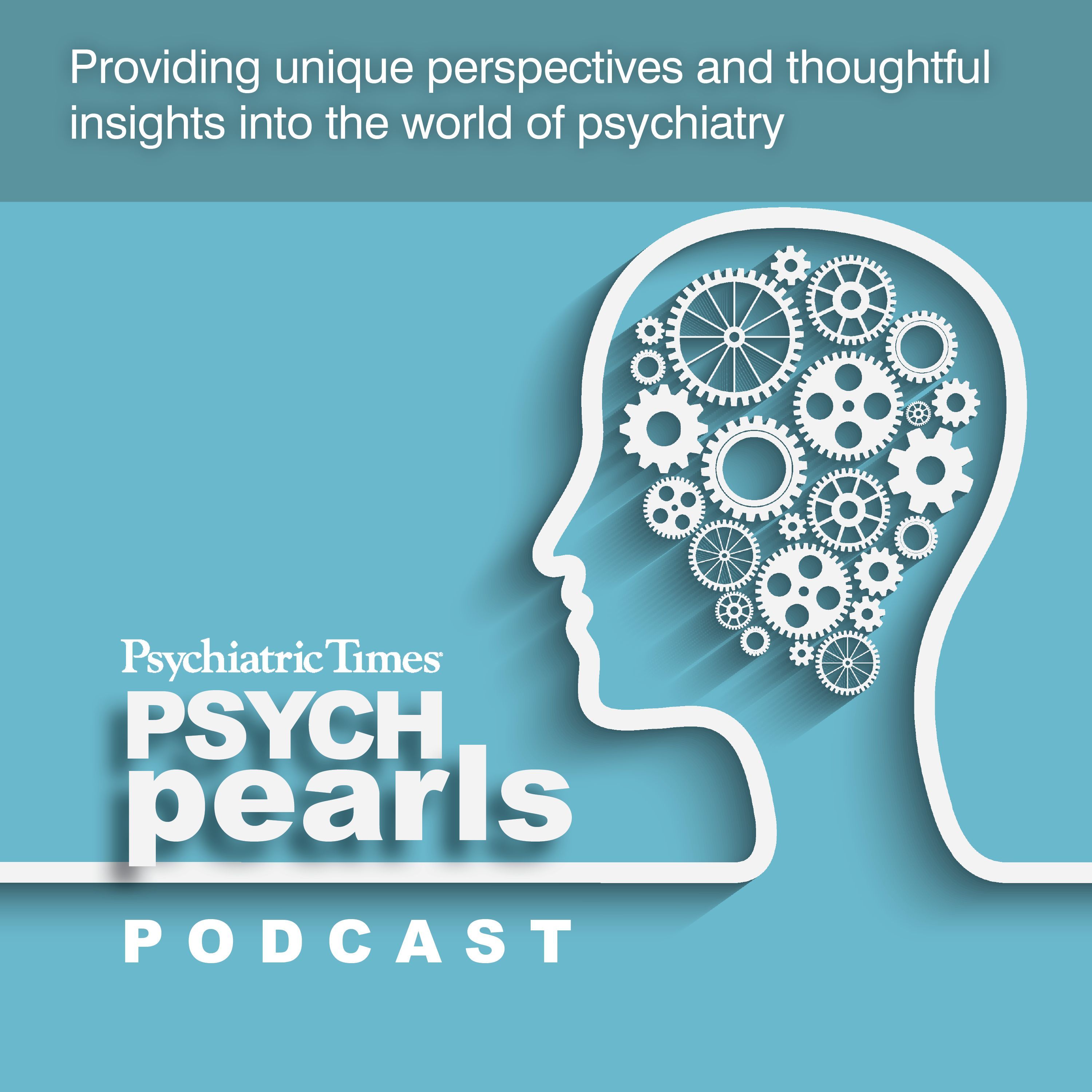Publication
Article
Psychiatric Times
Alcohol: Friend and Foe
Author(s):
Key Takeaways
- Alcohol use is linked to increased cancer risk, contributing to 100,000 cases and 20,000 deaths annually in the US.
- Low alcohol consumption may reduce all-cause mortality and dementia risk, but benefits are lost with increased use.
At the beginning of this year, US Surgeon General Vivek H. Murthy, MD, MBA, issued a health advisory warning about the link between alcohol use and the risk of cancer. Learn more about its implications for psychiatry here.
Artyom/AdobeStock

As 2025 began, US Surgeon General Vivek H. Murthy, MD, MBA, issued a health advisory warning about the link between alcohol use and the risk of cancer. I recommend a complete read of the 22-page advisory, which presents the facts and contains downloadable graphics that can be displayed in your office or clinic and even reproduced as handouts for patients.1
The goal of the advisory was 2-fold. First, to present the scientific evidence demonstrating causality between alcohol use and an increased risk for 7 types of cancer. Second, to increase the general public’s awareness of this increased risk. In the advisory, Murthy shared results from a 2019 national survey of adults in the US that 81% to 91% were aware that asbestos, tobacco, and radiation increase the risk of developing cancer, but only 53% were aware that obesity increases cancer risk and just 45% realized that alcohol does.
Meanwhile, alcohol is the second most consumed drug around the world, second only to caffeine. Depending on the context, alcohol can be considered an elixir from the gods or the wrath of demons.

Alcohol’s Checkered Past
Although mostly used today for recreational enjoyment, alcohol has served many purposes throughout history. Thousands of years ago, it was considered a safe way to hydrate, with water supplies often unsuitable for human consumption. In the Middle Ages, it was also a source of calories. During that time, it gained the nickname aqua vitae, the “water of life.” As agriculture grew, so did food surpluses, so likely did both the natural and intentional process of conversion to alcohol to address hydration issues without risk of pathogens common to water.2
This notion continued into Colonial America, where, in the absence of antibiotics and effective sanitation methods, alcohol served as a disinfectant to prevent waterborne infections. Beer, cider, and wine were easily produced by local agriculture and consumption was widespread.2,3
Alcohol also was used medicinally. Until the advent of modern pharmacology, it was often used as an analgesic. Even Hippocrates supported its use for maladies and both chronic and acute ailments. Psychosocially, alcohol was used to alleviate boredom and frustrations from daily life.2
As civilization took hold, it became easier to produce alcohol, which increased its acceptance and use globally. Beyond health and medicinal uses, alcohol played a large role in religion and cultural activities.2
Psychiatric Implications
Alcohol use is a common and pervasive contributor to the symptoms and diagnoses in many of our patients that we treat on a day-to-day basis. DSM-5 TR categorizes and defines these diagnoses remarkably well and should be referenced for a comprehensive review.
Interestingly, Benjamin Rush, a signer of the Declaration of Independence, who in 1965 was designated by the American Psychiatric Association as the “father of American psychiatry,” was a proponent of addressing alcohol use and abuse.4 A true progressive in advancing the field of medicine, he proposed that individuals with psychiatric symptoms had an illness and were not “inhuman animals.” He is credited with defining alcoholism as a disease and addiction, not a failure of character, pioneering a therapeutic approach to addictions.5
Reducing Mortality Risk
TABLE 1. Alcohol-Related Health Risks, Partial List6

Epidemiological studies have long suggested that low regular alcohol use may actually reduce the risk of all-cause mortality. Two of the primary potential health benefits that have been consistently reported are decreased cardiovascular disease and decreased risk of dementia. However, the risk/benefit is depicted in a J-shaped curve, which shows an initial lowering of all-cause mortality for the low alcohol consumption compared with no consumption. Then, with increasing alcohol use, the risk steadily increases, surpassing the nonuse baseline and progressively elevating all-cause mortality with increased alcohol use. Historically, low alcohol use has been defined as ½ to 1 standard drink per day for women (whose all-cause mortality decreases by 18% compared with the no-alcohol use group) and 1 to 2 standard drinks per day for men (whose all-cause mortality decreases by 17% compared with the no-alcohol group). As alcohol use increases, this benefit is lost, and the risks of many alcohol-related medical and psychiatric disorders increases accordingly (Table 1).6
Meanwhile, experts call for more rigorously designed studies to increase the confidence in the described risks and benefits. Although low alcohol use may provide some health benefits, any use of alcohol contributes to the cumulative carcinogenic risks from exposure to its toxic metabolite acetaldehyde.7,8 First-pass metabolism in the liver begins the 2-step metabolic process with the initial conversion of alcohol to acetaldehyde by alcohol dehydrogenase, which is then metabolized into acetate by acetaldehyde dehydrogenase. Although acetate is harmless to the body, acetaldehyde is an established toxin. Thus, the amount of alcohol use per day considered beneficial recently was decreased to half standard drink per day for both men and women.
Alcohol and Cancer
Murthy’s health advisory stated that alcohol use in the US contributes to approximately 100,000 cases of cancer and 20,000 deaths from cancer each year. Hence, more Americans die from cancer due to alcohol use than the total number of alcohol-associated motor vehicle fatalities per year in the US, which is approximately 13,500.1
When looked through the lens of preventable causes of cancer, tobacco is No. 1, obesity No. 2, and alcohol is No. 3. For women in the US, approximately 60% of alcohol-related cancer deaths are due to breast cancer. In men, the most common alcohol-related cancer deaths are liver and colorectal cancer. The US and world health agencies that evaluate potential human carcinogens have concluded that evidence confirms alcohol causes at least 7 different cancers (Table 2),9 and that alcohol is a group 1 carcinogen alongside of asbestos, formaldehyde, and tobacco.
TABLE 2. Seven Established Cancers With Increased Risk Due to Alcohol Use9

There are at least 4 different mechanisms by which alcohol can be carcinogenic1,10:
- Alcohol is metabolized to acetaldehyde, which is a known mutagenic toxin that can damage DNA and initiate transformation from a healthy cell into a cancerous one.
- Alcohol enhances oxidative stress, which can be directly toxic to cell structures including DNA as well as increase inflammation.
- Alcohol can change hormone levels, such as an increase in estrogen, which in turn can increase the risk of breast cancer.
- Alcohol acts as a solvent that allows other carcinogens to dissolve into it, hence facilitating the absorption of carcinogens into the body, especially in the mouth and throat.
Alcohol and Dementia
The risk/benefit effect of alcohol use on the development of dementia is complex. Although heavy alcohol use can directly lead to dementia, an analysis of 28 systematic reviews published between 2000 and 2017 reported “light to moderate alcohol use in middle to late adulthood was associated with a decreased risk of cognitive impairment and dementia. Heavy alcohol use was associated with changes in brain structures, cognitive impairments, and an increased risk of all types of dementia.” Significantly, the authors also found an association between irregular heavy drinking and an increased risk of cognitive impairment or dementia.11
Alcohol and Cardiac Risk
Modest alcohol use increases the risk of hypertension in a consumption-dependent manner. In patients with hypertension due to alcohol use, a significant improvement in their blood pressure can be seen after 1 month of abstinence. Binge drinking large quantities of alcohol is associated with acute cardiac arrhythmias. Long-term daily significant alcohol use is associated with atrial fibrillation. The toxic effects of alcohol and its metabolite acetaldehyde on cardiac myocytes leads to alcoholic cardiomyopathy; these patients should abstain from alcohol.7
Conclusion
Alcohol is so intertwined in our day-to-day life that its dark side is often ignored or excused. As with most potential risk factors impacting all-cause mortality, alcohol use and policies are a very complex matter.
Our responsibility as health care clinicians is to screen, educate, and recommend appropriate treatments and interventions that promote the healthiest outcomes for our patients. Maintaining neutrality and compassion is essential; we must avoid judgments. The recent health advisory from the US Surgeon General about the link between alcohol use and risk of developing cancer should become part of our conversation about alcohol use with every patient. It should come as no surprise that, based on what we currently know, alcohol can be both a friend and a foe.
Dr Miller is Medical Director, Brain Health, Exeter, New Hampshire; Editor in Chief, Psychiatric Times; Staff Psychiatrist, Seacoast Mental Health Center, Exeter; Consulting Psychiatrist, Insight Meditation Society, Barre, Massachusetts.
References
1. Office of the Surgeon General. Alcohol and Cancer Risk 2025. Accessed January 10, 2025. www.hhs.gov/sites/default/files/oash-alcohol-cancer-risk.pdf
2. Vallee BL. The conflicted history of alcohol in Western Civilization. Scientific American. June 1, 2015. Accessed January 13, 2025. www.scientificamerican.com/article/the-conflicted-history-of-alcohol-in-western-civilization/
3. Cheever S. Drinking in America: A History. New York Review Books; 2012.
4. Shorter E. A History of Psychiatry: From the Era of the Asylum to the Age of Prozac. Wiley; 1997.
5. Rush B. Inquiry into the Effects of Ardent Spirits upon the Human Body and Mind. Bartam; 1805.
6. Rehm J, Gmel GE Sr, Gmel G, et al. The relationship between different dimensions of alcohol use and the burden of disease—an update. Addiction. 2017;112(6):968-1001.
7. Day E, Rudd JHF. Alcohol use disorders and the heart. Addiction. 2019;114(9):1670-1678.
8. Karunarathna I, Bandara S, Jayawardana A, et al. The Role of Alcohol in Cardiovascular and Neurological Disorders: Current Perspectives. Alcohol Consumption and Health. UVA Clinical Psychiatry; 2024.
9. Alcohol and Cancer Risk. National Cancer Institute. Updated July 14, 2021. Accessed January 10, 2025. www.cancer.gov/about-cancer/causes-prevention/risk/alcohol/alcohol-fact-sheet
10. Rumgay H, Murphy N, Ferrari P, Soerjomataram I. Alcohol and cancer: epidemiology and biological mechanisms. Nutrients. 2021;13(9):3173.
11. Rehm J, Hasan OSM, Black SE, Shield KD, Schwarzinger M. Alcohol use and dementia: a systematic scoping review. Alzheimers Res Ther. 2019;11(1):1.







